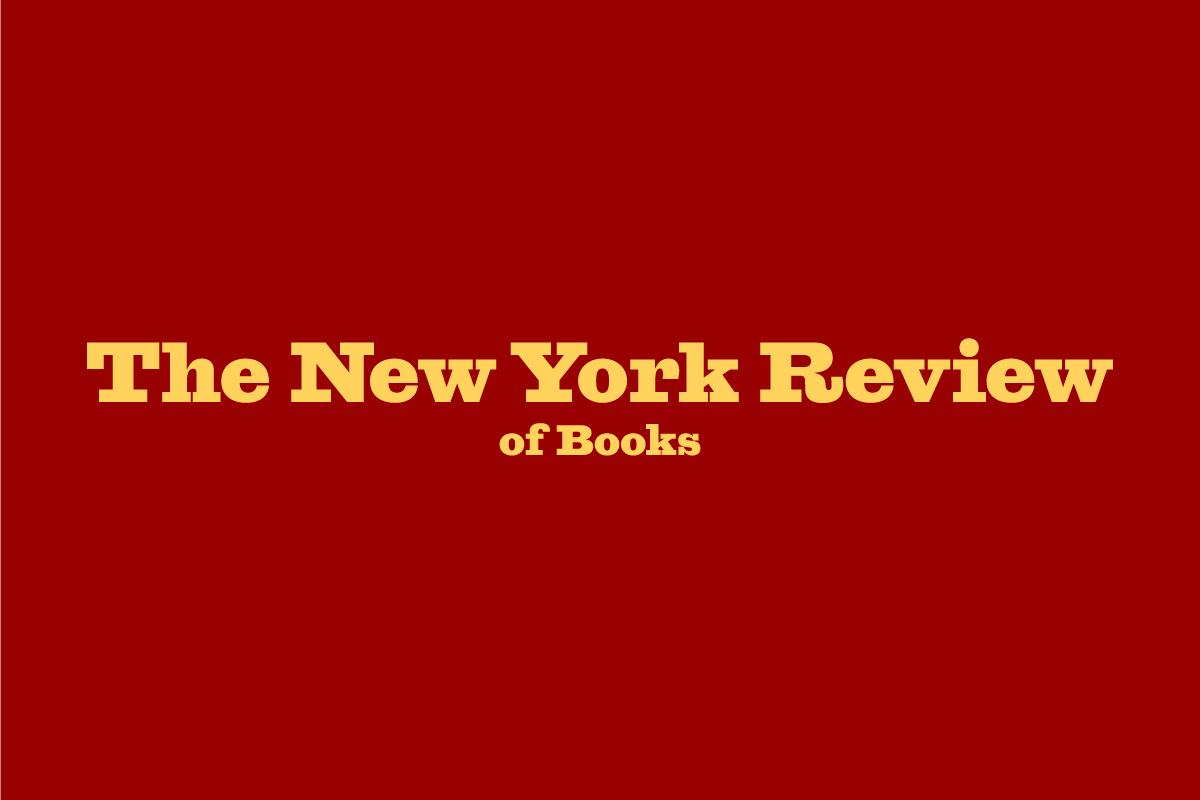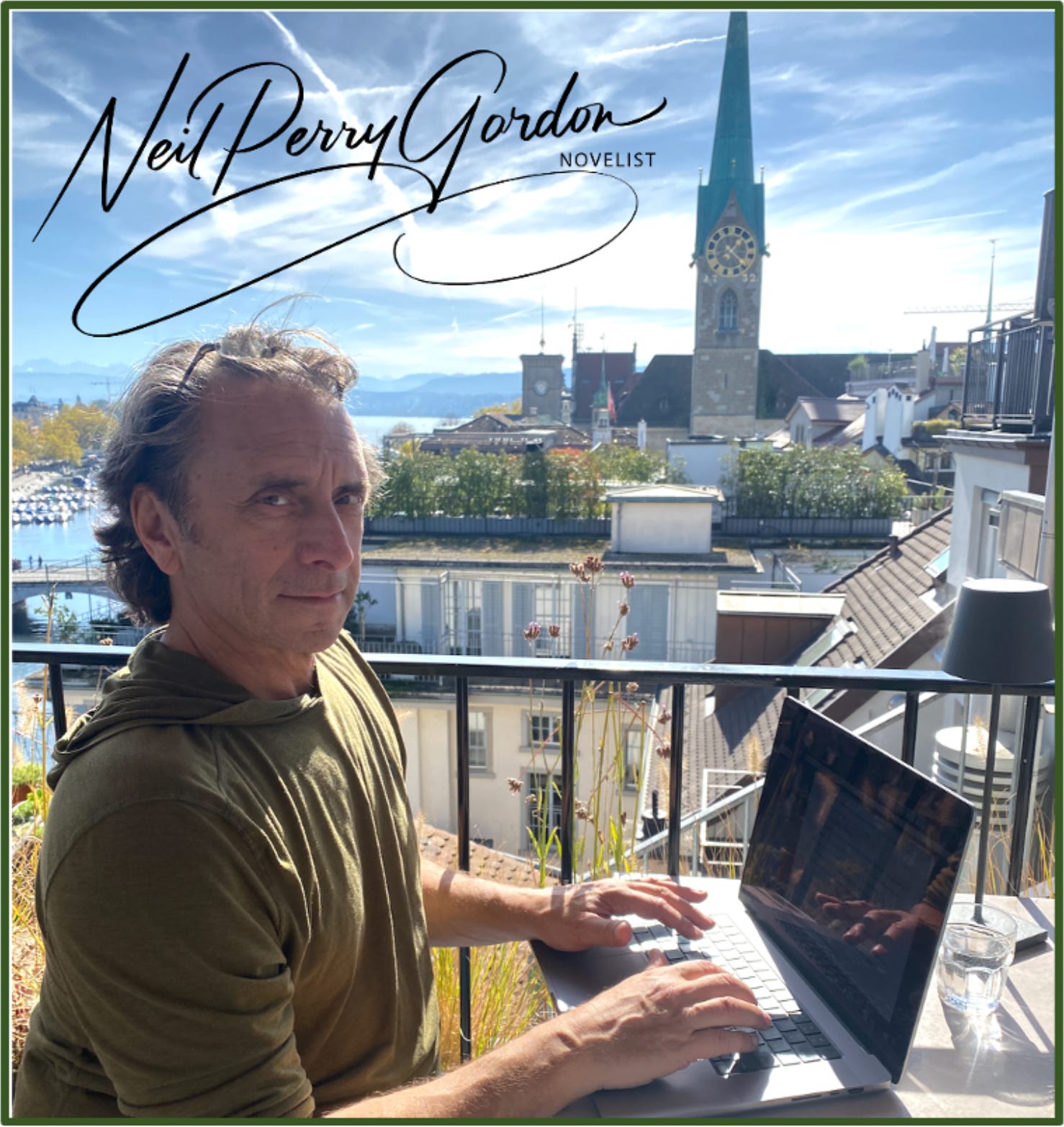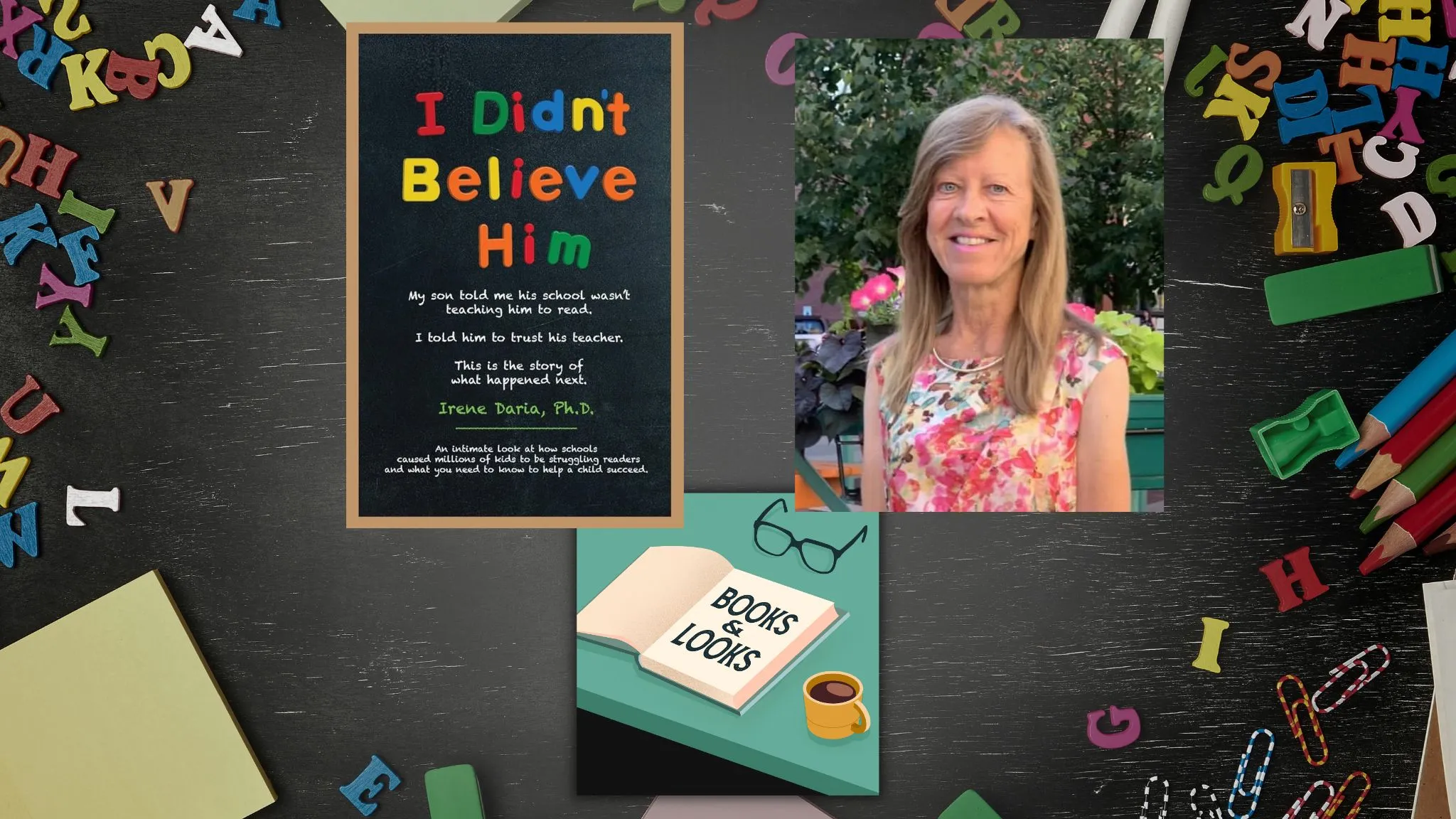Yuri Slezkine • Wesley Lowery • Carolina A. Miranda • Nitin K. Ahuja • Susan Neiman
*
Yuri Slezkine
In 1827 Samuel Pickwick, Esq., and three members of his club arrived in Eatanswill to witness an election. The Pickwickians had no sooner dismounted from the roof of the coach than they were surrounded by a cheering mob.
“Slumkey for ever!” roared the honest and independent.
“Slumkey for ever!” echoed Mr. Pickwick, taking off his hat.
“No Fizkin!” roared the crowd.
“Certainly not!” shouted Mr. Pickwick. “Hurrah!” And then there was another roaring, like that of a whole menagerie when the elephant has rung the bell for the cold meat.
“Who is Slumkey?” whispered Mr. Tupman.
“I don’t know,” replied Mr. Pickwick, in the same tone. “Hush. Don’t ask any questions. It’s always best on these occasions to do what the mob do.”
“But suppose there are two mobs?” suggested Mr. Snodgrass.
“Shout with the largest,” replied Mr. Pickwick.
The citizens of Eatanswill were, in the matter of political persuasion, divided into the Blues and the Buffs. “The Blues lost no opportunity of opposing the Buffs, and the Buffs lost no opportunity of opposing the Blues.” On the occasion of Mr. Pickwick’s visit, the Blues were represented by the Honorable Samuel Slumkey, of Slumkey Hall, and the Buffs by Horatio Fizkin, Esq., of Fizkin Lodge. It was a spirited contest. The Gazette and the Independent “excited feelings of the most intense delight and indignation in the bosoms of the townspeople.” Slumkey, having agreed to shake hands with twenty washed men and pat on the head six children in arms, balked at the notion of kissing a baby but was prevailed upon by his agent, Mr. Perker, and gained advantage by kissing them all. The election was too close to call until, one hour before the polls closed, Mr. Perker held a private meeting with a small group of undecided voters. “His arguments were brief but satisfactory. They went in a body to the poll; and when they returned, the Honourable Samuel Slumkey, of Slumkey Hall, was returned also.”
This is the way liberal democracy was meant to work. No Slumkey is forever. Small differences (known in the US as “issues”) preen and jostle over the bedrock of general agreement. “If the Blues proposed the erection of an additional pump in the High Street, the Buffs rose as one man and stood aghast at the enormity.” The honest and independent kept voting and the Gazette and the Independent kept fulminating, while Slumkey Hall and Fizkin Lodge remained unassailed. Democracy thrives in darkness.
But what if “a ray of light…illumines the gloom” and reveals that Slumkey and Fizkin are blood relations or, mutatis mutandis, engaged to be married? Blair begat Cameron who misbegat Brexit, and when the atlas and the caryatid of the German electoral edifice formed a gravity-defying and aesthetically repulsive “Grand Coalition,” some exasperated voters went looking for an Alternative.
Nothing, however, is more dangerous to democracy than a substantive disagreement. It is bad enough when the candidates are too similar; it is a scandal when they are too different. When Fizkin is unmasked as a felon and Slumkey as a swamp creature (by the Gazette and the Independent, respectively), the Blues and the Buffs lose their sense of humor (“an inactive crowd is generally disposed to be jocose”) and start fearing that the next election may be their last. Or so it might seem to the clueless Pickwickians; in reality, it is the Eatanswillians themselves who drift farther and farther apart, taking the candidates, editors, and late-night comedians along with them.
What comes next? The answer may be found in Dickens’s last completed novel, the one in which Mr. Boffin, the heir to the dustheap fortune, hires a wooden-legged peddler to read to him The History of the Decline and Fall of the Roman Empire.
But then, the first one is a lot more fun. Perhaps the enormity is not as egregious as the Gazette would have us believe. The townspeople are still eating and swilling together, Slumkey and Fizkin are still on speaking terms, and the uncommitted voters are still open to suggestion. The Roman Empire took several centuries to decline and fall.
Wesley Lowery
In the days since the election, I’ve found myself revisiting an essay on the journalist’s role in a free society by the Rev. Levi Jenkins Coppin, editor of the AME Church Review, included in Irvine Garland Penn’s influential 1891 volume The Afro-American Press and Its Editors. “The journalist is the people’s attorney,” Coppin wrote, at a moment when a new generation of black journalists was emerging to document Jim Crow’s horrors. “He has every man’s case, and can rightfully have but one purpose, which is justice for all. It is no fault of his, if justice itself makes against his client; his only business is to be a faithful recorder of the facts in the case.”
Many journalists are currently questioning our place in a nation seemingly disinterested in accepting objective realities, whose voters—our neighbors—have empowered a movement that seeks the destruction of our infant multiracial democracy. It is easy to become despondent when we are reminded that for many of us America, as Langston Hughes observed, “never was America to me”—and there is no guarantee it ever will be.
Under conditions like this, historical perspective can provide a refuge. Coppin invites us to recall predecessors who carried unpopular truths along more hostile paths than ours during even more treacherous times than these. “Had there not been among those who were in the minority brave, wise and good men to protest against such an evil, slavery might have remained until to-day,” he wrote. “This minority was weak at first. But possessing the elements of right, it possessed also the elements of power.” During the years to come, telling the truth in public will be unpopular, under-resourced, and necessitate conflict with many of our would-be readers. “It is a mistaken idea,” Coppin warned, “for a journalist to suppose that it is his business to take the ‘public pulse’ and then adapt himself to whatever condition he finds to exist.”
Our highest calling, he stressed, is not short-term persuasion or immediate influence but diligent documentation. The work of his contemporary Ida B. Wells was made more important, not less, by the fact that the populace rejected the truths she documented about American lynchings. The pamphlets and papers produced by Warsaw’s underground press still provide undeniable evidence of the very humanity that the Nazis sought to destroy each time they transported Jewish publishers from the ghetto to the gas chambers. Israel’s killings of Gazan journalists are both atrocities in themselves and threats to the future, empowering those who will deny these atrocities ever took place.
“It is a folly for anyone to shut his eyes to the fact that the war for human rights in this country is not closed,” Coppin wrote near the end of his essay. “Our newspapers must be a reliable source of thought and direction for the masses of our people. Here their grievances must be recorded.”
Carolina A. Miranda
On July 4, 2020, Donald Trump stood at the foot of Mount Rushmore and announced the creation of a National Garden of American Heroes that would pay tribute to “the greatest Americans to ever live.” The day before he had issued an executive order that committed to building the garden and offered up a roster of several dozen historical figures who would be honored with “lifelike or realistic” statues—“not abstract or modernist representations.” Included on the list were various founding fathers, the late Supreme Court justice Antonin Scalia, the abolitionist Harriet Tubman, and the preacher Billy Graham; excluded were Latinos, Indigenous people, and Asian Americans.
Two days before leaving office in 2021, Trump issued another executive order related to the garden, featuring a longer, more diverse list of the 244 “heroes” to be honored. It read more like a directory of notable Americans as compiled on Wikipedia than a considered approach to honoring US history. Andrew Jackson, the president who signed the Indian Removal Act, was included—as was Sitting Bull, a Sioux Chief who had resisted displacement. Hannah Arendt, the political scientist who examined the roots of European totalitarianism, was named; so was William F. Buckley, a conservative columnist known for expressing admiration for dictators like Chile’s Augusto Pinochet. There was also the curious inclusion of the game show host Alex Trebek, who was actually born in Canada. It came as little surprise when Joe Biden revoked Trump’s plan shortly after taking office.
The Heritage Foundation’s Project 2025, widely regarded as a blueprint for Trump’s upcoming term, has nothing to say about art and culture. But one can figure that Trump’s approach to the arts in his second term will likely be much like the first: a combination of willful disregard and regular attacks. (He was a no-show at the Kennedy Center Honors and tried to dismantle the National Endowment for the Arts every year of his presidency—only to be halted by Congress each time.) Without policy proposals for us to parse ahead of January 20, the National Garden of American Heroes becomes a way to understand how Trump may actively shape culture beyond simply trying to wreck it.
The executive order for the garden was, in many ways, theater. The monument was never sited or funded. The action was instead designed to play to Trump’s principally white MAGA followers, a response to Black Lives Matter protests and the toppling of Confederate monuments, which Trump had defended as part of “our heritage.” But the order also reveals much about Trump’s approach to culture: top-down at a time in which monuments are increasingly built ground-up via grassroots consensus, sidelining modernism in favor of the “traditional” —a choice that echoes Nazism’s antimodernist rhetoric. The garden wasn’t the only time Trump reached into a romanticized past for a cultural initiative. Late in 2020 he signed an executive order encouraging the use of “classical and other traditional architecture” for federal buildings, and decreeing that, “absent exceptional factors,” these styles should be the default for federal public buildings in Washington, D.C. (Biden revoked that order too.)
The Garden of American Heroes could now come roaring back to life. If it does, art and architecture will be put in service of the Trumpian vision—a hot stew of bombast, elision, distortion, the celebration of individual achievement over collective advancement, and the elevation of mythologized European ideals above everything (and everyone) else.
Nitin K. Ahuja
A nurse I work with recalled going to bed early on election night and waking up on Wednesday morning to a map of the country “lit up like a PET scan.” I admire the analogy as much for its prognostic implications as for its emotional shorthand: suddenly we’re told that a rogue process has spread widely, which is a shock, even if we can’t really say we’re surprised. Where the analogy fails, I suppose, is that a sizeable portion of the electorate reads the same map in the opposite way, as cause for hope, a disease in remission.
Likewise, while polls suggested that “health care” was a nominally important issue to voters, I’m not sure if I know what that term means anymore. Insurance coverage and prescription drug prices? Abortion access and its implications for maternal and fetal outcomes? Or is it the ethos of “medical freedom” that has proliferated since the mask and vaccine debates of four years ago, which recast public health intervention as governmental overreach, such that we’ve arrived, under Robert F. Kennedy Jr.’s guidance, at removing fluoride from the water supply in order to “make America healthy again”?
It’s easy to see Kennedy’s participation in Donald Trump’s presidential campaign—and Trump’s announcement yesterday that he would pick Kennedy to lead the Department of Health and Human Services—as merely transactional. Less than three months ago he endorsed Trump, who apparently promised him oversight of the nation’s public health apparatus in exchange, exhorting him to “go wild.” But there are also deeper sympathies between the MAGA and MAHA movements, both of which are energized by threats of bureaucratic conspiracy, disdain for conventional expertise, and nostalgia for the supposed purity of an indefinite past.
As the “just asking questions” mode of clinical decision-making migrates in from the paranoid fringes to become formalized as policy, I wonder how my fellow physicians will respond. The American medical profession has long favored a posture of political neutrality, not least because its lobby relies on bipartisan support. Comparatively few of us were moved to action by the first Trump administration’s efforts to repeal the Affordable Care Act, which would have rendered millions of people newly uninsured. Covid-era blowback against health care practitioners who were overly vocal about infection precautions further reinforced the sense that it was dangerous to take sides. What does hewing to the middle mean now? The answer, it would seem, is accepting a self-taught surgeon’s diagnoses at face value, straining to recognize our broken system through his inverted perspective, and standing by as he prepares to amputate what looks very much like the wrong limb.
Susan Neiman
One emerging consensus in these post-election days is that woke ideology has lost. Harris ran an impressively unwoke campaign. But as James Carville said, “we couldn’t get the stench off” the woke messages transmitted by, among others, the old white man in the White House. It’s less clear who, or what, has won. Understanding this is crucial to preparing for the future ahead.
The first misunderstanding has been brewing for years: the view that woke is left. Both those who support it and those who loathe it think so, and if that were true, defeat of the woke would be a mandate for the right. Woke has indeed been propelled by long-standing left-wing emotions: when in doubt, our hearts are with the underdog. Once you put these aside, you’ll find some very reactionary philosophical assumptions. We only really connect with members of our own tribes. The call for justice is a liberal smokescreen for calls to power. The search for progress is hopeless, for every step forward leads to subtler forms of misery.
There’s reason to hope this is where tribalist thinking runs out. The election overturned the first assumption, even for those who thought the key to analyzing elections was counting demographics. But the phrase “identity politics” is a misnomer, for it presupposes we are fundamentally definable by race and gender. (Those of us who have long believed that we are not may take momentary if bitter consolation in the fact that the percentage of Latino Trump voters surged or that women did not save the Harris candidacy.) Can we reject the other two principles of woke ideology and move forward?
The assumptions that justice is hogwash and progress a mirage are deeply engrained in both woke and Trumpist ideologies. In darkest moments, Trump’s victory can make those whose lives have not been governed by material interests feel like the suckers he thinks we are. Seventy percent of those who voted for a vicious and vulgar tyrant said their main concern was the economy. Doesn’t that show that the bottom line is always the bottom line?
Here’s what is certain: The Economist’s October claim that the American economy is the envy of the world is not true for the half of Americans who would be threatened by an unexpected $400 bill. Without the language to specify their anxiety, voters—and the journalists who quote them—name inflation. But the fear and pain of inflation are tied to a system in which no structures exist to prevent homelessness or illness if you are faced with an unplanned expense. Few Americans can imagine such structures, which is why talk of economic uncertainty is confined to talk of inflation or wages. Yet in other wealthy countries, health care, housing, sick leave, parental leave, and education are considered social rights—matters of justice. All were codified in the 1948 United Nations Declaration of Human Rights, after two years of deliberation chaired by Eleanor Roosevelt. Still, Americans consider them matters of luck.
Biden called himself a pro-union president, but when faced with a national rail strike before the 2022 midterms, even pressure from his White House could only negotiate a wage increase. The workers’ central demand, five sick days per year, went unmet. Tell this to a European and they would hardly be more appalled if you said we eat babies for breakfast. Embedded in legal systems that guarantee sick leave if a doctor prescribes it, they cannot fathom citizens accepting anything else. Against such assumptions, Biden’s visit to a UAW picket line was a symptom of the symbolic politics that reeks of empty posturing.
Will workers be served by a president who openly praises union-busters? Of course not, but Trump’s promise was to be their retribution, not to solve their problems. The problems are as international as the systems that created them, which is why some analysts point to a bias against incumbents that marked recent elections.
Bernie Sanders is on the right track, but dividing the country into blue (collar) and white (collar) is only slightly more helpful than dividing us into shades of skin tone. Class reductionism is almost as counterproductive as ethnic reductionism. The rage at a system so brutally irrational is not confined to the working class. A week after the election, the Chronicle of Higher Education reported that few professors can afford the American dream. Substituting class for race only exchanges one tribe for another, when the message of this election is that we are all appalled by the (dis)order around us. Theodor Adorno wrote that fascism is always an option within liberal capitalist societies, where people sense that reality is at odds with official discourse but have no tools to explain the gap except eliminating the Other. Even Democrats find it easier to focus on restricting immigration than to imagine structural social change.
Trump’s rants make no sense? Neither do the battery of advertising messages we ingest every day without noticing how they prime us to abandon sense entirely. (My own favorite is a blueberry farm that advertises “the berry that cares.”) Nor is it only Arab Americans in Michigan who are outraged by a government sending billions of dollars to demolish Gaza while rehabilitating those whose war on Iraq destroyed the world’s last hope that the US could be a force for moral clarity. After the largest student protests since the Vietnam War, why are we talking about Dearborn?
America’s plight is peculiarly irrational because we have the means but not the vocabulary to fix it. Trump voters were drawn to a man who expressed the diffuse but palpable rage you encounter when returning to the United States after a sojourn elsewhere. It burbles in airports and supermarkets across genders and demographics. And as Hannah Arendt wrote in On Violence, rage is not an automatic reaction to misery and suffering: “Only where there is reason to suspect that conditions could be changed and are not does rage arise. Only when our sense of justice is offended do we react with rage.”




















 English (US) ·
English (US) ·